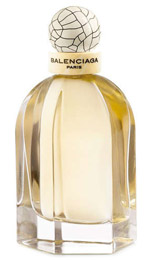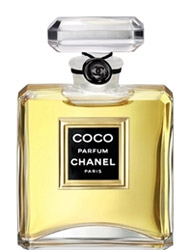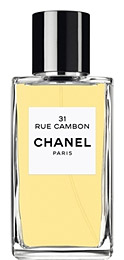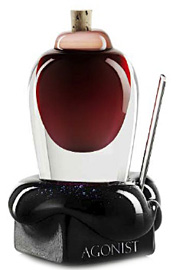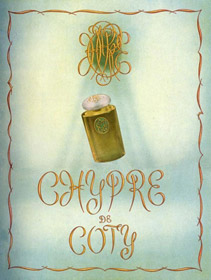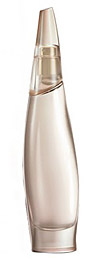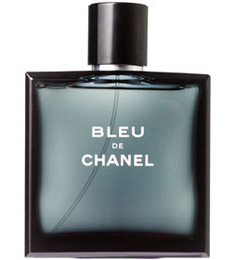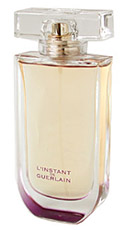Perhaps you’ve heard of Balenciaga before, no, not their handbags that seem to be gaining in popularity these days. I’m talking about Le Dix, the street, the clothes, and the perfume. Mostly the perfume though. It’s a classic aldehyde, beautiful, but that’s not who we’re talking about today. Let’s jam it up with Balenciaga Paris.
In Bottle: Paris opens with a sheer, undetected level of sophistication and elegance. It’s violets and sun dew floating in the air.
Applied: Paris is incredibly light, it clings close to the skin and stays close for hours upon hours but what it won’ do is shout. This is a scent that’s meant to stay personal. I smell violets first of all, sweet little powdery violets drenched in dew. The mid-stage sees more violets, the dewy quality evaporating leaving me with a little bit of spice a nice hint of woods and a quiet little whisper of patchouli on the dry down. You shouldn’t expect projection with this fragrance. Paris’ angle is subtle and sleek. Get them while they’re close and keep them there with that violet softness.
Extra: Balenciaga is a fashion house with its headquarters in Paris, France. It was established in 1914. Other popular fragrances by house Balenciaga include Cristobal, Rumba and Le Dix.
Design: I love the bottle. I love its cap, love its shape, love the heft of it. It’s got nice weight, nice aesthetics and even though it’s a bit busier than the usual things I like, the business is well-designed, well-proportioned and very balanced.
Fragrance Family: Modern Chypre
Notes: Bergamot, spices, pepper, violet, carnation, oakmoss, cedar, vetiver, labdanum, patchouli.
Yes, believe it or not, this is a modern chypre. It’s got the right build though.
Reviewed in This Post: Balenciaga Paris, 2010, Eau de Parfum.




